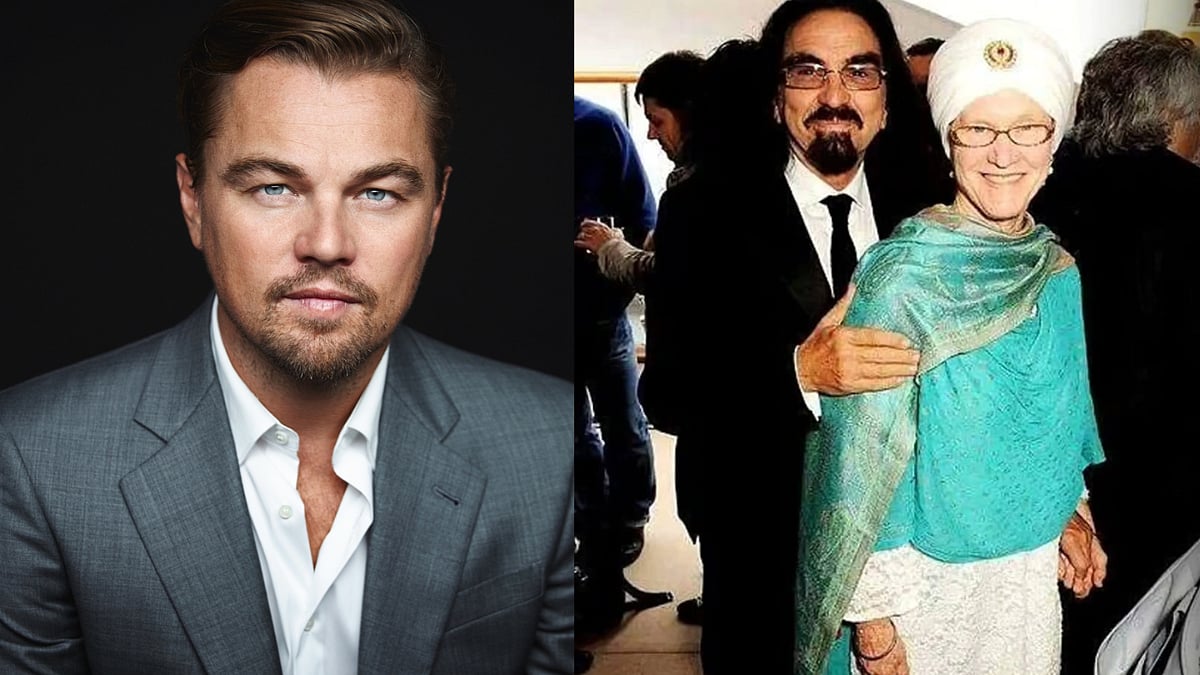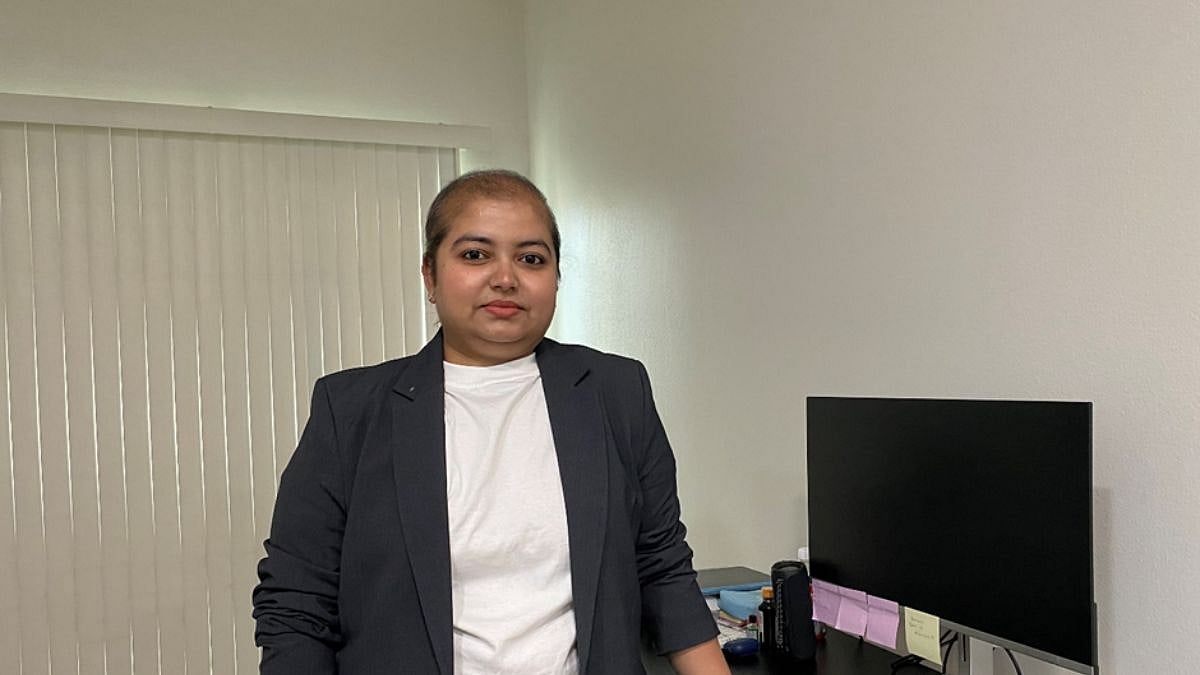Consumer electronics' imaging technology has advanced over time, reflecting both the constant pace of innovation and the growing need for better images. From the early days of parallel interfaces to the sophisticated camera systems in today's smartphones and tablets, the journey has been marked by significant technological advancements. The integration of advanced features such as image stabilization, night mode, and AI-driven enhancements has revolutionized the way consumers capture and share moments. We may anticipate much more innovative advancements in imaging technology, which will improve users' visual experiences even more as it continues to advance. This article delves into the transformative milestones in imaging technology, with a focus on the contributions and insights of Karthik Poduval, a prominent figure in the field.
The initial stages of imaging technology were defined by parallel interfaces, which connected cameras with data buses up to 24 bits wide, handling red, green, and blue pixels. These early cameras often included built-in Image Signal Processors (ISP) due to the absence of ISPs in System-on-Chips (SoCs) of that era. However, the limitations of the parallel bus, such as higher power consumption and restricted resolution, necessitated the development of more efficient interfaces.
The formation of the MIPI Alliance marked a significant turning point. The introduction of the Camera Serial Interface (CSI), and particularly CSI2, revolutionized camera connectivity with its higher speed and lower power consumption. The CSI2 interface, using MIPI D-PHY, allowed for the integration of larger megapixel image sensors with SoCs, thereby reducing the cost of image sensors by shifting the ISP functionality into the SoC itself. This development was crucial in enabling the high-quality cameras found in modern smartphones and tablets, which have largely replaced point-and-shoot cameras.
Karthik Poduval's involvement is connected to these advancements. Starting his career at Samsung, he quickly ascended to the role of lead engineer. During his time at Amazon, he was promoted from Software Development Engineer to Senior Software Development Engineer and now is a Principal Software Development Engineer, reflecting his experience and growth. Karthik's recent participation in the Khronos KAMAROS working group and the MIPI Alliance Camera Interest Group showcases his contribution to shaping imaging technology's future.
Karthik's impact at Amazon is particularly notable. His contributions to Amazon tablets, including the development of diagnostic software, have played a key role in addressing critical factory issues. His current projects involve developing optimized, low-latency camera software stacks to improve the customer experience and operational efficiency.
In terms of tangible contributions, his work on various projects, including the Astro project and the development of ROS (Robot Operating Systems) nodes, has led to significant advancements in camera technology. His active presence on GitHub, where he shares his work on projects like the tinkerboard addition to YOE Distro and the rk3288 camera bringup with mainline Linux, demonstrates his commitment to open-source collaboration.
Poduval is skilled in debugging complicated hardware and software problems. For example, he has developed ftrace-based instrumentation to identify and fix low level issues and has used logic analyzers to solve complex camera issues. By giving talks at conferences and contributing to GitHub to fill the knowledge gap in the industry, he is making technology possible, which includes the future of imaging technology involving the transition to open-source frameworks.
The future of imaging technology, as envisioned by Karthik, lies in the transition to open-source frameworks. He advocates for this shift to address the industry's knowledge gap and foster the development of innovative solutions. By participating in working groups and conferences, he aims to drive this movement and enhance the accessibility and quality of imaging technology.
The evolution of imaging technology in consumer electronics is a dynamic and ongoing process, shaped by technological advancements and visionary professionals like Karthik Poduval. His contributions have advanced the field and paved the way for future innovations, supporting the evolution of imaging technology to meet consumer demands.
.jpg?width=1200)








